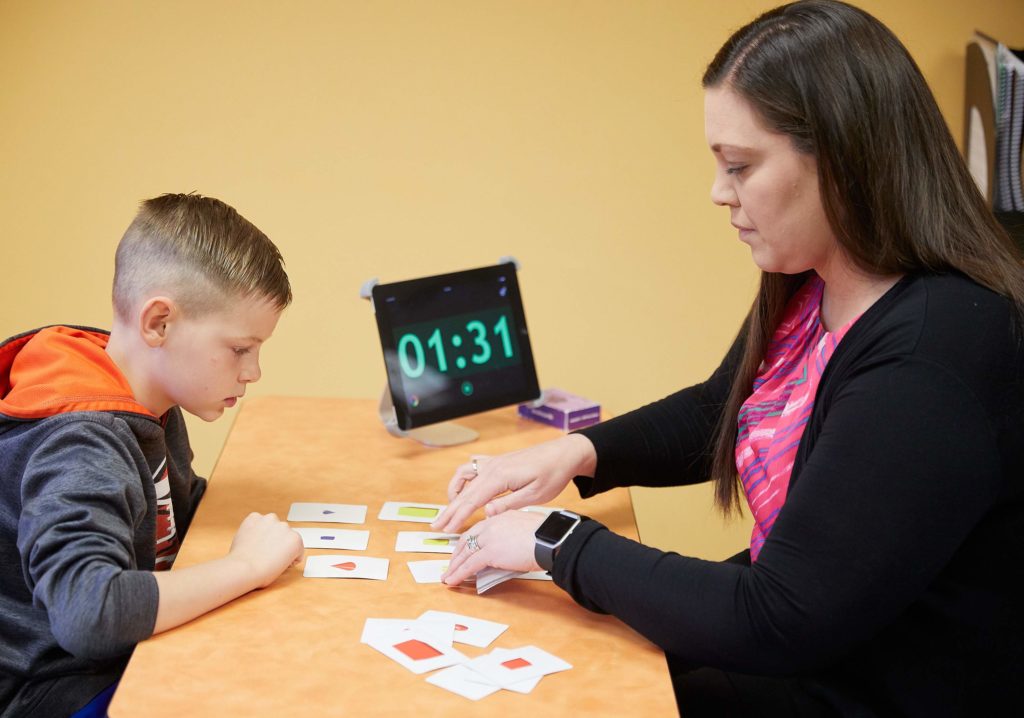Trend: Growing interest in (and questions around) brain training centers for kids with special needs

___
Parents pay thousands for ‘brain training’ to help kids with ADHD and autism. But does it work? (NBC News):
“…As the number of children diagnosed with ADHD and autism surges in the U.S., according to federal data, and as parents become exasperated with treatments that don’t work or involve medications that carry the risk of side effects, neurotechnology industry analysts predict the demand for programs like these will only grow…
Much of the growth in brain training is in apps and games that people use at home or in school, said Alvaro Fernandez, CEO of SharpBrains, a research firm that tracks the neurotechnology industry. The global market for direct-to-consumer technology grew from $475 million in 2012 to $1.9 billion last year, Fernandez said.
Those numbers don’t include franchises like Brain Balance or LearningRx, which Fernandez says are more difficult to track financially. But these centers are now in most major U.S. cities. Brain Balance has 108 locations and said it brought in $51.3 million last year. LearningRx has 70 centers in the U.S. as well as 85 centers called BrainRx around the globe. The company declined to provide revenue numbers but says it hopes to add eight U.S. centers and 20 international centers next year…
Why do some families see benefits from brain training programs while others don’t?
Experts say there could be lots of reasons — all interventions, including medicine, affect children differently. Also, parents spending large sums of money can fuel the placebo effect, the belief that a treatment is working even if it’s not.
Children in the Brain Balance program are doing regular exercise and eating better than they may have been before, which can lead to better sleep. Many spend less time watching TV or staring at a phone. They’re getting lots of personal attention from Brain Balance’s coaches. And they’re developing and maturing.”


